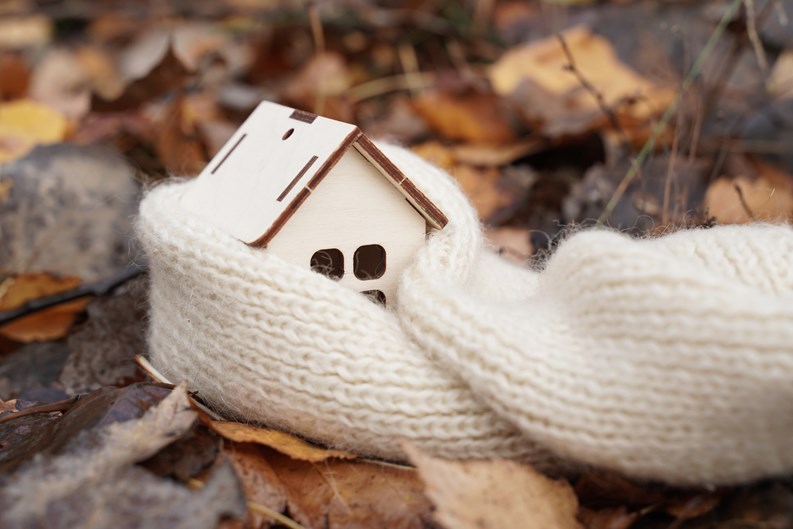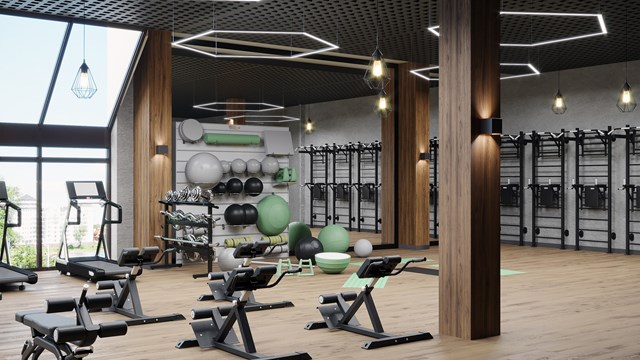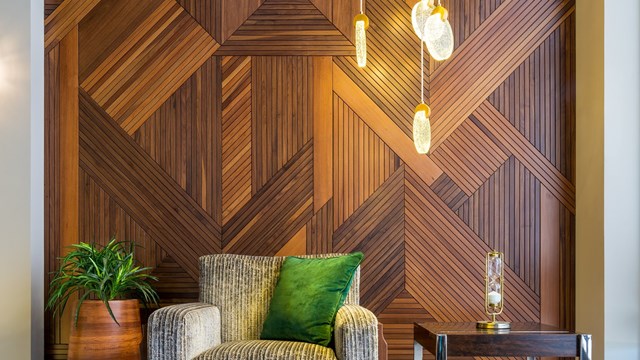When the mercury hits 95, the last thing most people have on their mind is a major snowstorm, and how it might affect their building’s entry vestibule, lobby, and other high-traffic common areas. Be as that may, summer is actually the time to turn to your building’s winter needs. It’s the best time to inspect, upgrade, and replace your winterization equipment as necessary. Just as they do for smoke and carbon dioxide detectors, your staff or managing agent should set aside time around this time each year to make sure you’re ready for the inevitable winter months.
Timing
Winter preparedness and readiness should be reviewed every year. “In our experience,” says Marilyn Sygrove, principal of Sygrove Associates Design Group, an interior design firm based in Manhattan, “many residents are away in the summer months. They are on vacation, kids are at sleep-away camp, so the active population in buildings generally drops. There are fewer people inconvenienced by the winterization preparedness review. Residents love to come back to completed projects.”
Focus
So what should be included in your pre-winter checklist? According to Sygrove, the heating elements in your lobby and vestibule should be checked during the summer months to make sure that they are operational before the colder weather sets in. Staff uniforms, including winter coats, hats and gloves should be checked to make sure everything is in good condition and fits properly. Umbrellas should also be on hand for door staff to use for incoming residents and guests all year round. If replacing such items, Sygrove advises matching your building colors and logo to reinforce the building brand.
The summer months are also a good time to check that snow shovels, salt, and other necessary equipment and chemicals for winter use are stocked, and kept in a secure place till needed. Make sure there are enough supplies on hand in advance in the event of a shortage. Awnings should be checked for tears and leaks and non-functioning lighting should be repaired, as well.
Entry and vestibule doors should be checked to make sure their weather stripping is in good shape, and that the doors themselves are functioning properly. “Do the doors close completely and properly?” asks Sygrove. “Do they blow open in the wind? If so, repair them now. Another item to put on the annual checklist are rain runners and mats. These should generally be replaced every 3 to 5 years, but should be checked annually. Purchasing multiple elevator cab carpet mats is essential as well, so they can be rotated and cleaned. We recommend two to three per elevator cab.” Electronic sliding doors should be serviced annually - ideally in the summer - to make sure the mechanisms are functioning and properly lubricated.
Timing
Like many and most building systems, winterization equipment and supplies should be checked and repaired where necessary on an annual basis. Clearly, it’s more advantageous to do that review when the weather is warm. “If the building maintains walk off mats and rain runners,” says Sygrove, “they will preserve their flooring in the long run. Those floors will have a longer useful life. Sealing existing marble floors and doing regular maintenance as little as once per year will enhance the life of the stone.”
So, though the pavement may be sizzling, and thoughts of winter’s chill a distant concern, summer presents an opportunity to get ahead of problems next winter. Winterize now, stay warm and dry later.










Leave a Comment